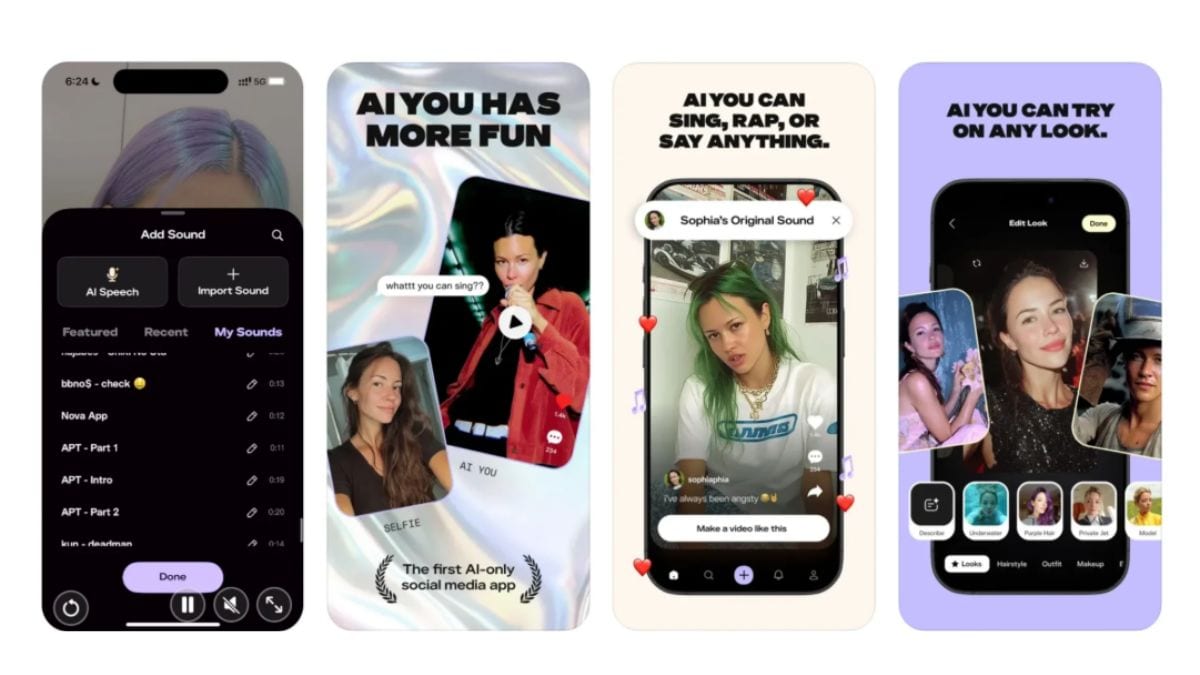Google added a new quality-of-life feature to its Gemini chatbot on Tuesday. The artificial intelligence (AI) chatbot can now generate custom illustrated storybooks based on text prompts, uploaded images or documents. Users can also specify the style of the artwork in the storybook, as well as instruct Gemini to use specific names of characters, settings, or even plot points. The Mountain View-based tech giant designed the feature for young children who enjoy reading bedtime stories. It is available to all users globally on the website and mobile apps.
Gemini Can Generate Storybooks Using Uploaded Photos
In a blog post, Google detailed the new feature, which is rolling out to all Gemini users, including those on the free tier. Storybook creation is available directly within the chatbot’s interface, and users can start a prompt with “Create/Generate a storybook…” followed by the topic of the story and the age of the readers. Additionally, users can also mention a specific character name, a setting, and the art style.
Storybook in Gemini supports various art styles, including pixel art, comics, claymation, crochet, and colouring books. These can be generated in 45 languages, and each story can have up to 10 pages. Each page will have text on the right side and a related artwork on the left side.
The feature also comes with audio narration, if users prefer to hear the story rather than reading it. The voice is robotic and not similar to the natural-sounding voice one hears in Gemini Live.
Gemini’s Storybook layout
Gadgets 360 staff members were able to test out the feature, and the chatbot was able to generate a storybook in a couple of minutes, complete with a title page and art, and 10 pages of story. It was also able to adhere to all the nuances (genre, setting, use of a particular item, etc) in the prompt. We also did not notice any inconsistencies or hallucinations in the AI-generated images.
Google says users can also upload their photos to create a story where the art features them instead of randomised characters. Similarly, users can also upload documents of their written stories and turn them into an illustrated book using AI. Apart from reading children bedtime stories, the tech giant says the feature can also be used to teach young students complex topics from their syllabus.














